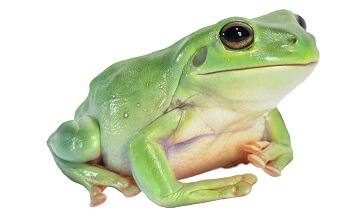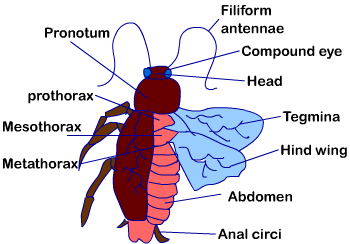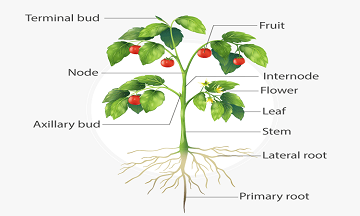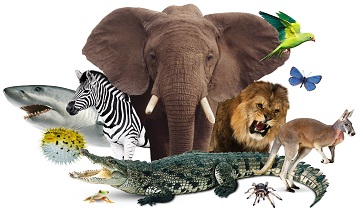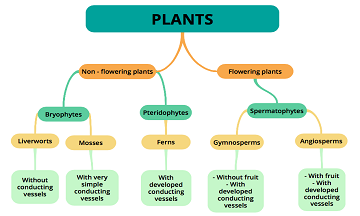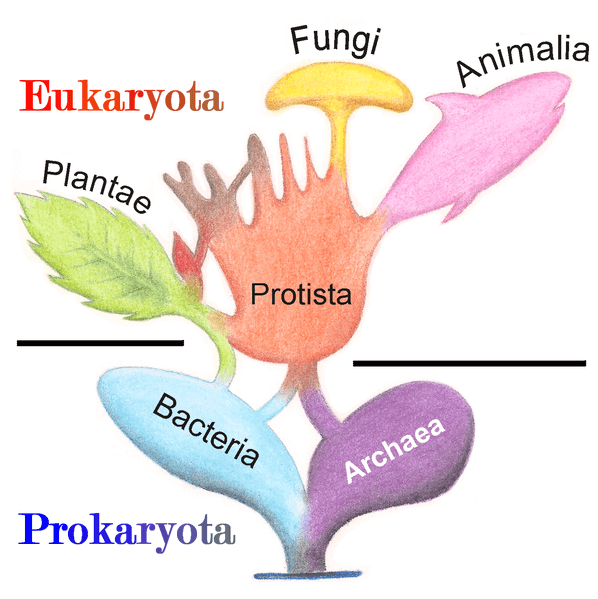Morphology and Anatomy of Frog : Body System, features
Around the world most common species of frog is Rana tigrina. The frogs are cold-blooded or poikilotherms. They have the ability to camouflage. The frogs also show mimicry as a tool for protection. During summers, the frogs live in summer sleep (aestivation) and during winters, they live in winter sleep (hibernation). Frogs are amphibians, they … Read more

